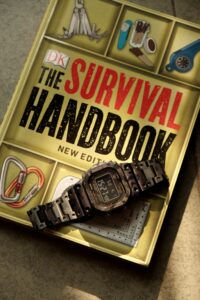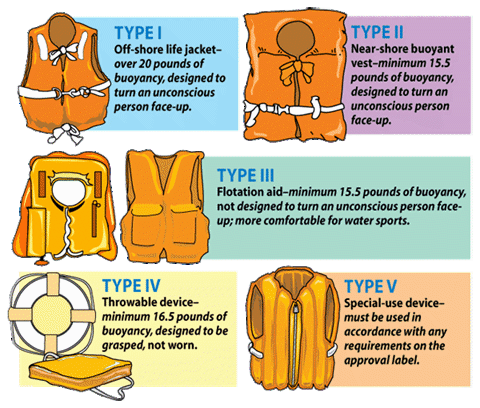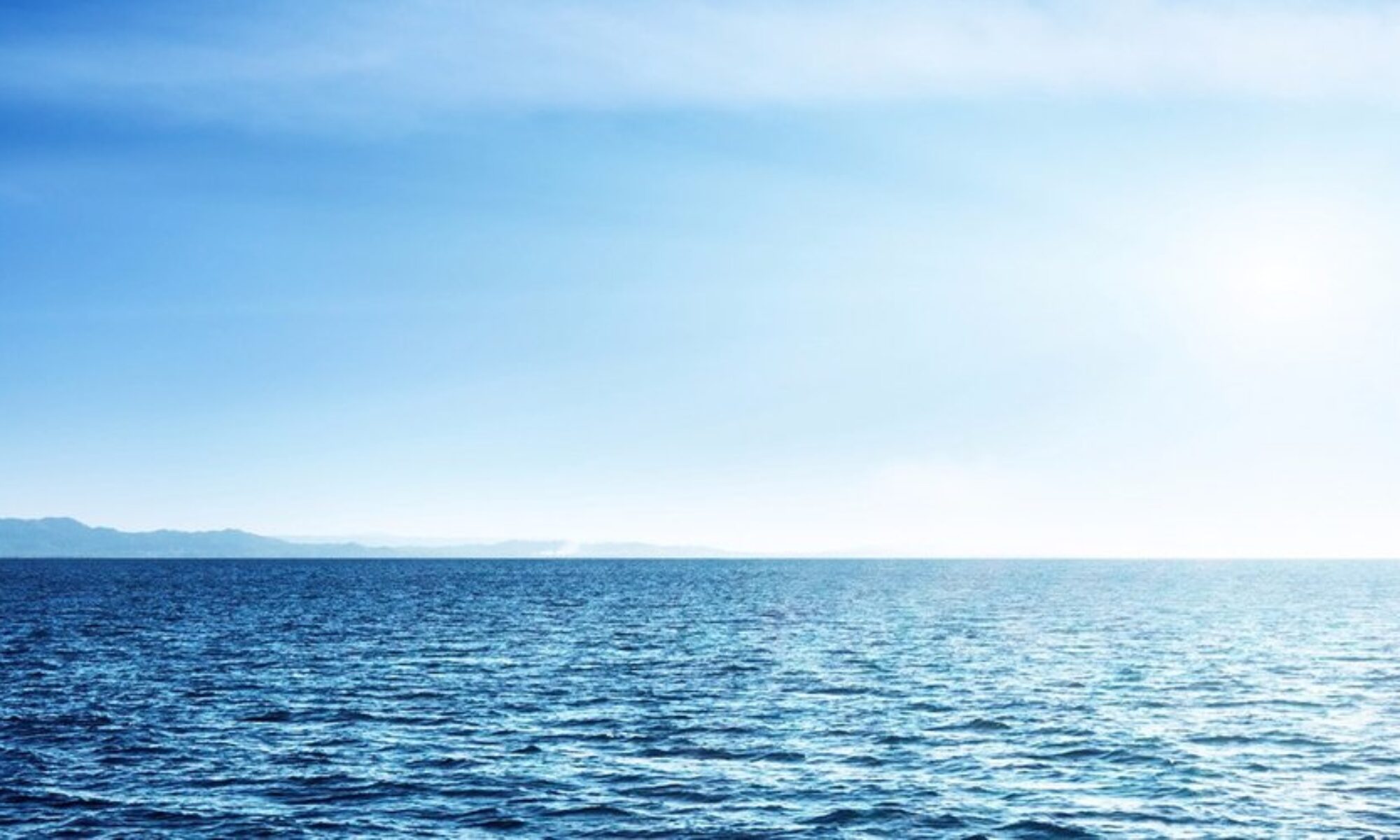With respect to human survival, the rule of threes is a general rule of thumb that specifies the following 1:

- A person can survive three minutes without breathable air
- A person can survive three hours in a harsh environment
- A person can survive three days without drinkable water
- A person can survive three weeks without food.
The rules serve to guide people regarding risk-assessment and emergency readiness when preparing for outdoor experiences including hiking, camping, fishing, and boating.
Despite being clear, concise, and direct in their meaning, too many people are either uninformed or dismissive of the rule of threes when participating in outdoor activities. Evidence of this can be found almost daily from numerous news reports of people dying from dehydration, exposure, or drowning.
With a focus herein on the first of the rules of three, the following facts and statistics from the CDC 2 illustrate just how common fatal and nonfatal drownings are:
- Drowning is the leading cause of death for children.
- In the United States, more children ages 1-4:
- Die from drowning than any other cause of death except birth defects.
- Drowning is the second leading cause of unintentional injury death after motor vehicle crashes.
- Every year in the United States there are an estimated:
- 3,960 fatal unintentional drownings — including boating-related drowning — that is an average of 11 drowning deaths per day.
- 8,080 nonfatal drownings — that is an average of 22 nonfatal drownings per day.
- Nonfatal drowning can result in long-term health problems and costly hospital stays.
- For every child who dies from drowning, another eight receive emergency department care for non-fatal drowning.
- More than 40% of drownings treated in emergency departments require hospitalization or transfer for further care (compared with 8% for all unintentional injuries).
- Drowning injuries can cause brain damage and other serious outcomes, including long-term disability.
Spinalcord.com illustrates what happens as a person experiences the first of the rules of three, when the brain is deprived of oxygen3:
- Between 30-180 seconds of oxygen deprivation, a person may lose consciousness.
- At the one-minute mark, brain cells begin dying.
- At three minutes, neurons suffer more extensive damage, and lasting brain damage becomes more likely.
- At five minutes, death may be imminent.
- At ten minutes, even if the brain remains alive, a coma and lasting brain damage are almost inevitable.
- At fifteen minutes, survival becomes nearly impossible.
Three minutes. Just three minutes. A lack of oxygen for three precious minutes (+/-) results annually in nearly 4,000 dead and 8,000 often substantially changed lives. What a tragedy!

Fortunately, there is one, simple action that is necessary to substantially reduce the drowning and near drowning numbers: wear a life jacket!
Before swimming, canoeing, boating, tubing, fishing or participating in any water sport, the one-to-three minutes that it takes to put a correctly sized life jacket on and adjust it for proper fit is a person’s best, smartest, and safest approach to rendering moot the first of the rules of three.
Glossary:
What is Drowning?
- Drowning is the process of experiencing respiratory impairment from submersion or immersion in liquid. Not all drownings are fatal.
- Fatal drowning happens when the drowning results in death.
- Nonfatal drowning happens when a person survives a drowning incident with a range of outcomes, from no injuries to very serious injuries or permanent disability.

